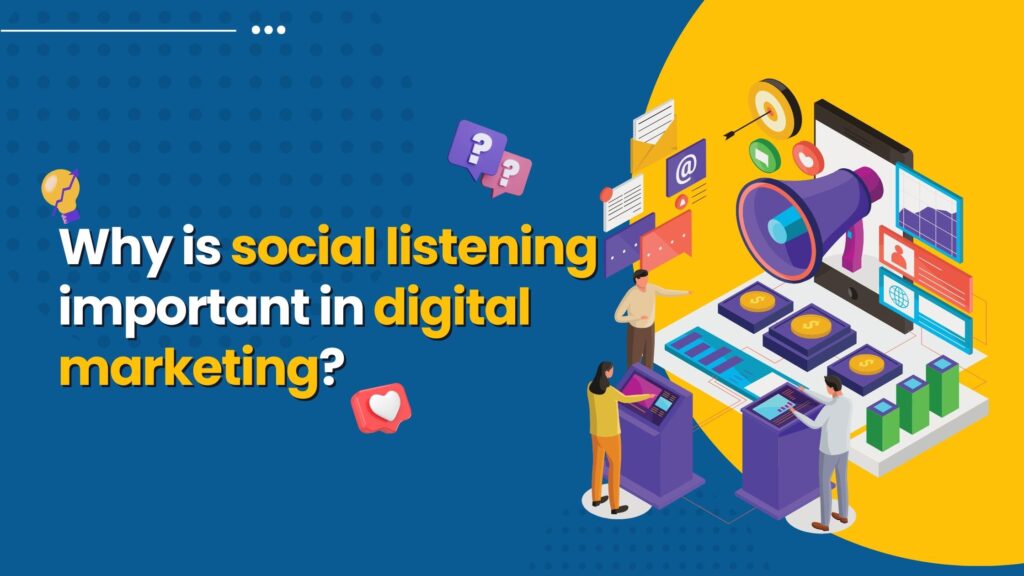There is too much competition and content vying for the attention of our viewers today. How can we make ourselves unique, then?
Let’s begin with research. Understanding our audience, the people they follow, the content they enjoy, and the online conversations they are participating in will help us get to know our viewers better.
This is where social listening kicks in. Social media listening is a necessary tool for a few key reasons:
- Social Selling
- Brand Reputation Management
- Customer Support to help us understand our audience better and enhance our digital marketing techniques.
Why is social listening vital in digital marketing?
We cannot communicate with our target audience on social media in a monologue. Dialogue is the key to effective communication. Tools that improve identification and scoring add to the company’s overall sales revenues. That’s why social listening is vital for digital marketers and their businesses. Here are some of the benefits of social listening:- It allows for better online reputation management.
- It helps generate higher website traffic.
- It leads to a better understanding of target markets.
- A majority of brands employ social listening to gather client intelligence.
- It allows companies a thorough insight into their target customers’ preferences.
- It allows marketers to design campaigns that specifically address the ideas and thoughts of their target audience.
- Social listening tools like Konnect insights have several built-in features and capabilities useful for B2B sales and marketing.

